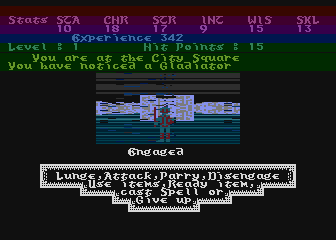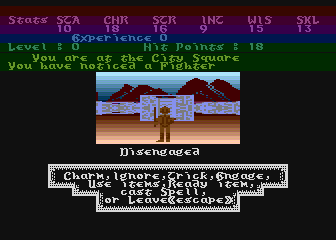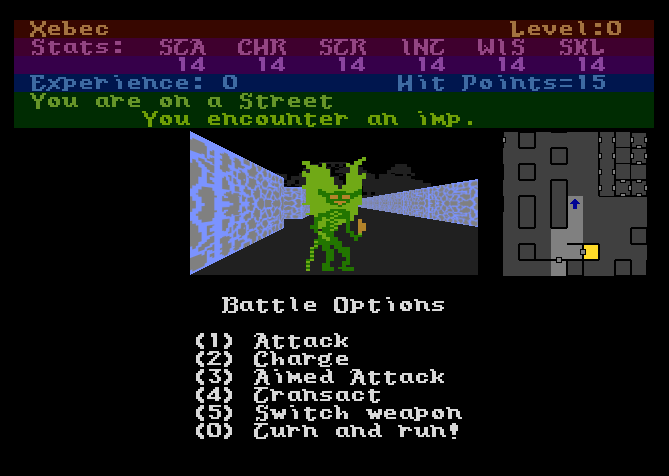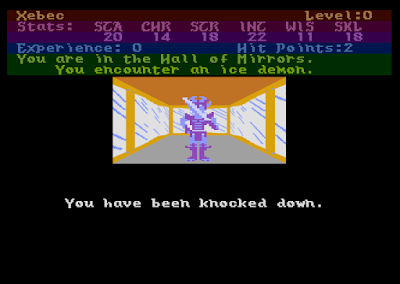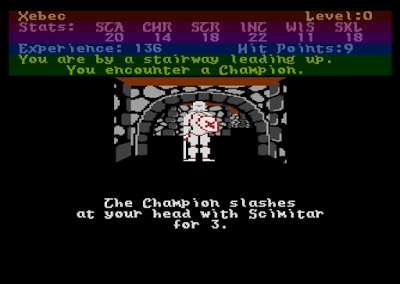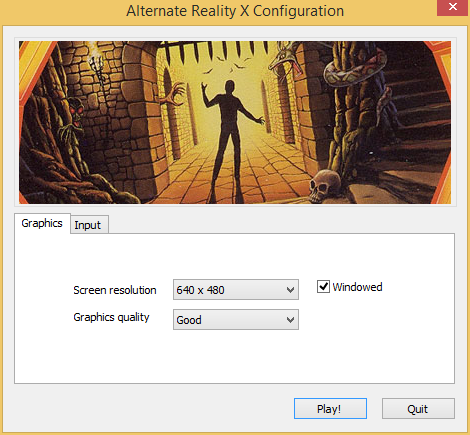One of the challenges of creating a CRPG for the Commodore 64 is deciding what sort of visual style I would like for the game. I’m working with an overhead view as I think that plays well to the C64’s capabilities and I’m a big fan of top down games such as the Ultima series and Legacy of the Ancients.
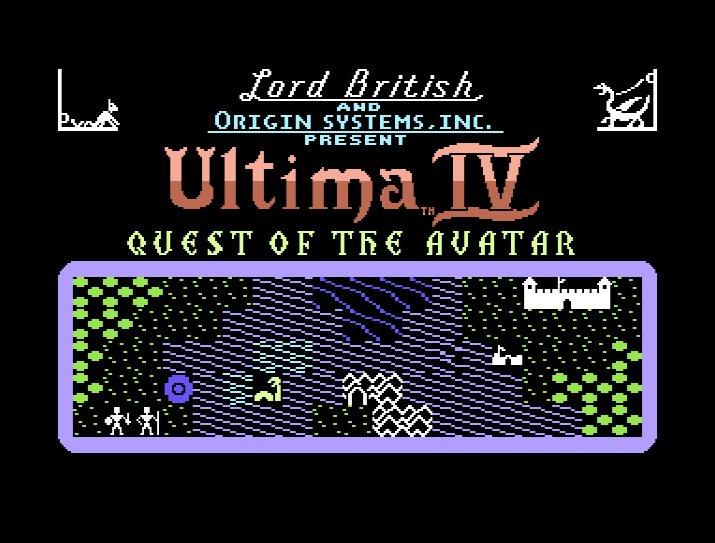
Whilst my options with the C64 are more limited than modern machines, I still have many decisions to make on the visuals front (putting aside my lack of artistic talent for a moment).
The C64 has a number of display modes with a maximum screen resolution of 320 x 200 pixels (or 40 x 25 character cells) in a choice of 16 colours. If I’m willing to sacrifice the horizontal resolution of the display then I can increase the number of colours I can use in each 8 x 8 pixel “character” cell from 2 colours to 4 colours but this will double the horizontal size of each “pixel”. You can see this in the image below. You also have the choice of bitmap versus character modes. This is a big over simplification of the capabilities of the machine but will hopefully suffice for this post.
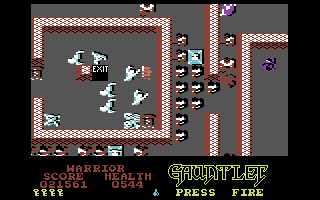
Currently I’m using character mode to redefine the 256 character set with my own characters and then piece them together to build up maps on the screen. The player moves around the map and can move to other map sections when the end of the current map is reached.
If I required more colour in each character cell I could use multi-colour mode but this tends to make the graphics look more “chunky”. If I require more detailed graphics then I could use bitmap mode but at the cost of additional memory (8Kb for a full 320×200 screen).
One of the other challenges I’m facing is trying to make interesting displays with individual character cells which are only 8 x 8 pixels wide. Now the Ultima games and most CRPGs of the 1980’s typically used 4 character cells to build each of it’s map tiles, doubling the resolution of each tile but halving the number of tiles you can display on screen. The Ultima display also kept the party icon centred in the map display with the map being redrawn around the player after every move.
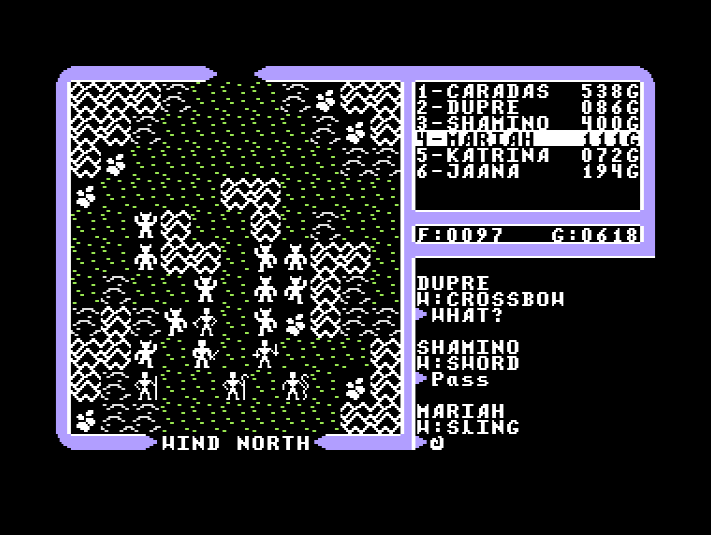
One of the things I like about using the individual characters as tiles rather than 2 x 2 characters per tile, is that it allows me to display more of the map on screen at a time but at the loss of some graphical detail. I’ve started playing around with some of the redefined characters and colours in the CBM PRG Studio screen editor which is great for creating simple graphics and prototyping screen displays. Programming single characters as tiles is also a lot easier for me as well and will perform more smoothly in play.
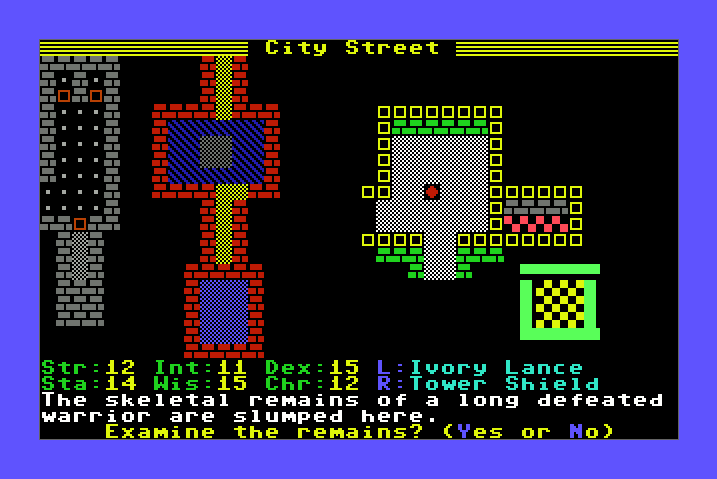
I’ve included a sample image above of my brief sketches so far. Regardless of what screen mode and tile size I eventually use I’m also likely going to use the C64’s sprites as a means of adding higher resolution images for the player character, NPCs and monsters. These have the benefit of being independent of the screen display so can have their own colours, hires or multi-colour mode option so can be used to add some further interest to the display.

